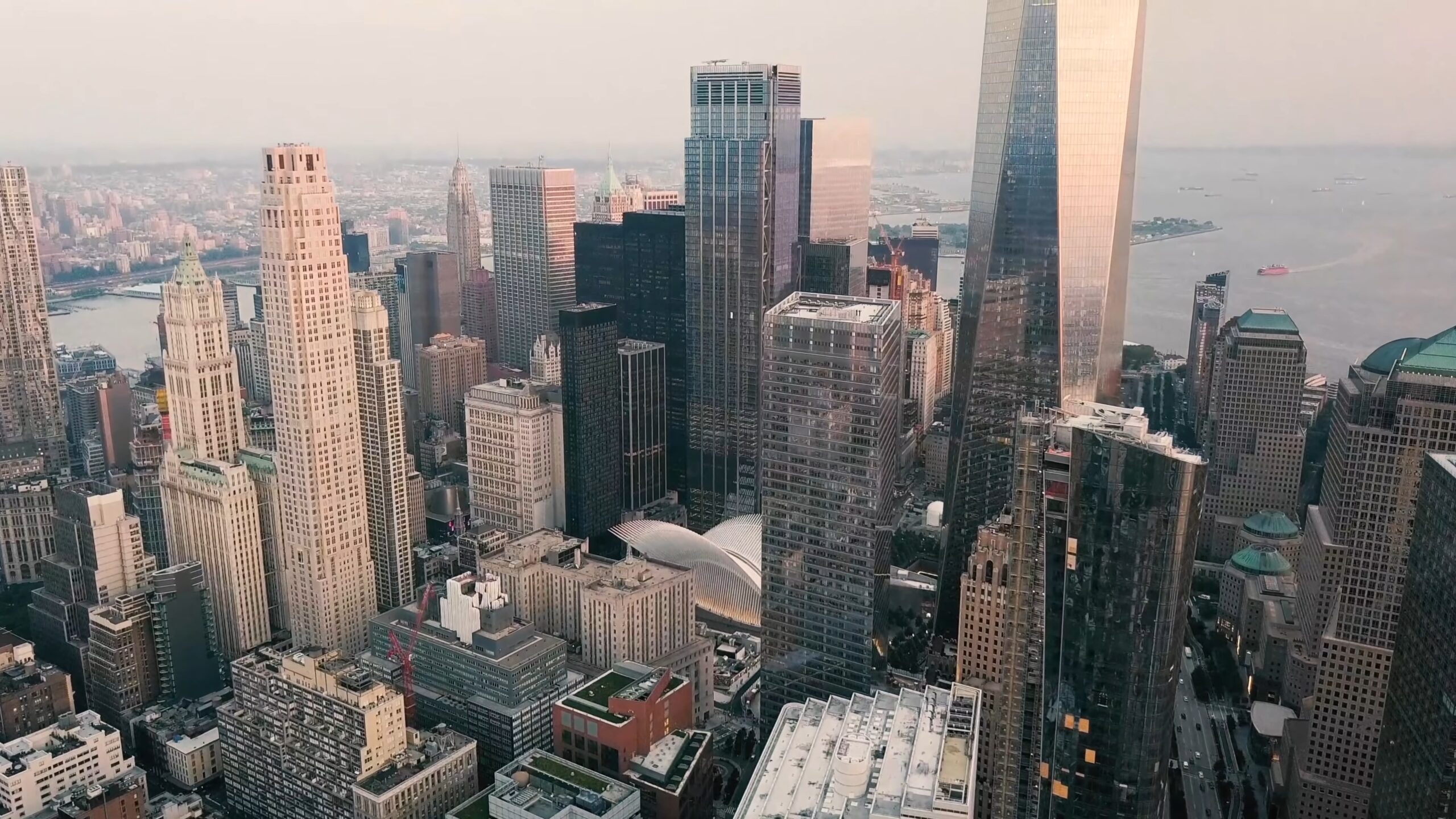Manhattan, the heart of New York City, is renowned for its iconic skyline, world-class entertainment, and endless opportunities. While many dream of making it in the Big Apple, it’s essential to understand the financial commitment involved.
In this article, we delve deep into the monetary aspects of Manhattan living, breaking down both obvious and hidden costs.
- Rent (one-bedroom): $3,000
- Groceries: $400
- Dining out (assuming dining out 10 times a month at various price points): $300
- Transportation (Monthly MetroCard): $127
- Private Transport (Occasional taxis/rideshares): $150
- Utilities (Electricity, Gas, and Internet/Cable): $250 average
- Entertainment (Movies, occasional theater, and nightlife): $200
- Personal Care (Haircuts, gym, etc., averaged out monthly): $100
- Healthcare (without insurance, occasional doctor visits): $150
Total: $4,577
This is a rough estimate for a single person’s basic expenses, and it can vary widely based on individual choices and lifestyles. For instance, if someone opts for more entertainment or dines out more frequently, this number can rise.
Similarly, if someone is very frugal or shares housing costs with roommates, the monthly expenditure can be considerably lower.
Personal Insight
Having traveled all over the world and experienced the beauty of diverse cultures, landscapes, and lifestyles, living in Manhattan provides a unique perspective. The cost of life here is indeed a reflection of its vibrant heartbeat.
Every corner of this city offers an echo of the global wonders I’ve witnessed — from the international cuisines to the varied entertainment forms reminiscent of world-class performances. However, while Manhattan’s living costs are steep, they align with its promise of unparalleled experiences.
As someone who cherishes novelty and adventure, I can affirm that residing in the heart of New York City is like continuously traveling, with each day bringing forth a new discovery. It’s an investment in a lifestyle, and for a global traveler like me, it’s worth every penny.
The Housing Market in Manhattan
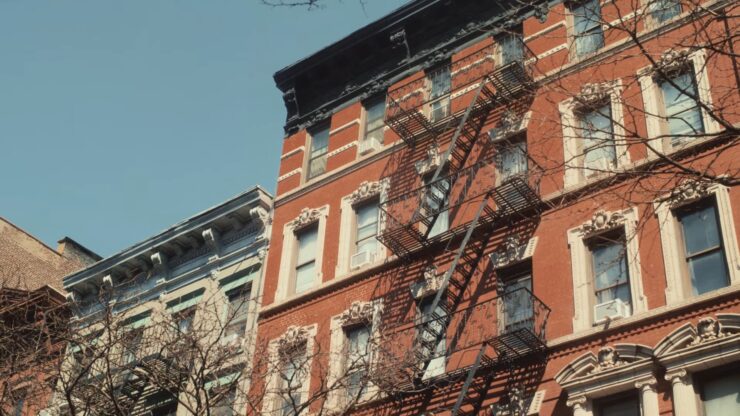
Renting Vs. Buying
For those considering moving to Manhattan, the first major decision is often whether to rent or buy.
- Renting:
Renting might seem the easier route for newcomers, especially those uncertain about how long they’ll stay. However, rental prices in Manhattan are notably steep. In recent years, the average rent for a one-bedroom apartment in the heart of the city can easily surpass $3,000 per month. Factors such as location, building amenities, and apartment size play a significant role in determining rent. Here are a few bullet points to consider:
- Prime locations can demand much higher rents.
- Amenities like doormen, gyms, and rooftops can increase rental costs.
- Sharing an apartment can considerably cut individual expenses.
- Buying:
While the initial investment is higher, buying property in Manhattan can be a profitable long-term decision. The median price for a home in the city floats around the million-dollar mark. However, home ownership comes with additional costs:
-
- Property taxes in Manhattan can be relatively high.
- Maintenance costs and homeowners association (HOA) fees can add up.
- Mortgage rates and terms will play a role in monthly payments.
Everyday Living Expenses
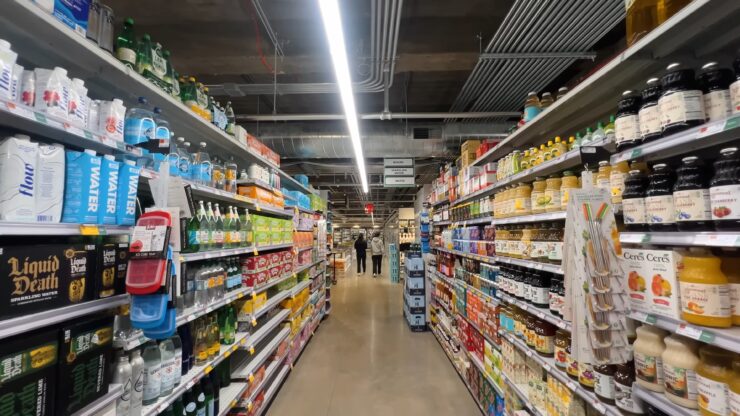
Food and Dining
Eating in Manhattan, whether you’re grocery shopping or dining out, can be an experience on its own.
-
Groceries:
Even basic groceries can be more expensive in Manhattan compared to national averages. Local supermarkets and bodegas might have higher prices due to transport and storage challenges. A few points to note:
-
- Buying in bulk might not always be possible due to storage constraints.
- Farmers’ markets can sometimes offer fresher options at competitive prices.
- Specialty stores might charge a premium for imported or gourmet items.
-
Dining Out:
Manhattan boasts some of the world’s best restaurants and a variety of cuisines. While there are options for every budget, dining out regularly can quickly add up.
-
- Expect to pay a premium at restaurants in tourist-heavy areas.
- Tipping is customary and usually ranges from 15-20%.
- Fast-casual and food carts offer more affordable daily eating options.
Transportation and Getting Around
Manhattan’s layout and bustling atmosphere make transportation a unique aspect of its living costs. From the subway system to taxis, there are multiple ways to get around, each with its price tag.
Public vs. Private Transport
Navigating Manhattan efficiently requires a combination of transportation methods, depending on your destination and time.
- Public Transport:
The Metropolitan Transportation Authority (MTA) runs the city’s subway and bus system. It’s an affordable and popular way to commute:- A monthly MetroCard, allowing unlimited rides, costs around $127.
- Delays and maintenance are frequent, so always account for potential wait times.
- Off-peak hours can offer a more comfortable commuting experience.
- Private Transport:
While many Manhattanites avoid having personal vehicles due to high parking costs and traffic, there are times when private transport is preferable.- Taxis and rideshares like Uber and Lyft operate extensively, but costs can add up during peak hours.
- Parking in Manhattan can be exorbitant, often reaching $500 or more per month.
- Car rentals are available but are often more feasible for out-of-city trips.
Manhattan’s Lifestyle Choices and Their Impact
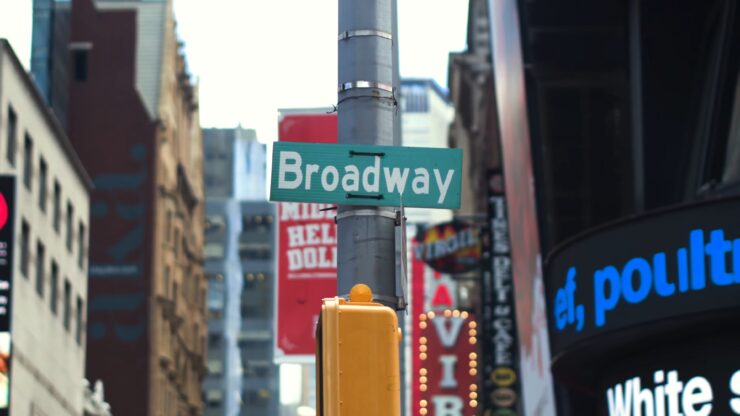
Entertainment and Leisure
Manhattan is synonymous with entertainment. However, these activities have their costs.
Theater and Movies:
Broadway shows are a must-do for many, but ticket prices can vary widely.
-
- On average, a Broadway ticket can range from $70 to $150, with premium seats going upwards of $200.
- Movie theaters, especially upscale ones, can charge up to $20 for a standard screening.
Clubs and Nightlife:
Manhattan’s nightlife is legendary, but a night out can be pricey.
-
- Entry fees for popular nightclubs can range from $20 to $50.
- Alcoholic beverages typically start at $10 and can go much higher depending on the venue.
Navigating Healthcare Costs
Healthcare, an essential aspect of living anywhere, comes with its set of costs in Manhattan, influenced by the city’s premier medical facilities.
Regular Check-ups and Treatments
Routine medical visits and treatments can be a significant expense, even with insurance.
Doctor Visits:
A standard doctor’s visit without insurance can range from $150 to $300.
-
- Specialist visits can be higher, often starting at $250.
- Always verify insurance coverage before any medical appointments.
Dental Care:
Oral health is vital, and Manhattan has an array of dental service providers.
-
- A regular dental check-up can cost between $100 to $300 without insurance.
- Procedures like fillings, crowns, or root canals can range from $150 to $2,000.
The Subtle Costs: Miscellaneous Expenses
Manhattan’s allure also includes myriad smaller experiences, which, while seemingly insignificant, can contribute to the overall cost of living.
Personal Care and Grooming
Maintaining oneself in a city that’s always in the public eye can carry its own set of expenses.
Haircuts and Styling:
The cost of hair care varies widely based on the salon and the service.
-
- Men’s haircuts can range from $20 at basic barber shops to $100 at high-end salons.
- Women’s haircuts and styling can start at $50 and go up to $300 or more.
Fitness and Wellness:
Staying fit in Manhattan can come with a hefty price tag.
-
- Gym memberships vary, with basic gyms charging around $50/month and luxury fitness centers charging $200/month or more.
- Yoga and pilates classes can cost between $20 to $40 per session.
Shopping and Retail
Manhattan is a shopping haven, but it’s easy to rack up expenses.
Clothing:
While there are options for all budgets, branded stores in areas like Fifth Avenue can be pricey.
-
- A standard pair of jeans can range from $40 to $200 or more.
- Designer clothing items can easily go into the thousands.
Tech and Gadgets:
Staying updated with the latest technology can be more expensive in Manhattan due to high demand.
-
- The latest smartphones can range from $700 to $1,500.
- Electronic accessories often carry a 10-20% premium compared to online prices.
Education and Learning Opportunities
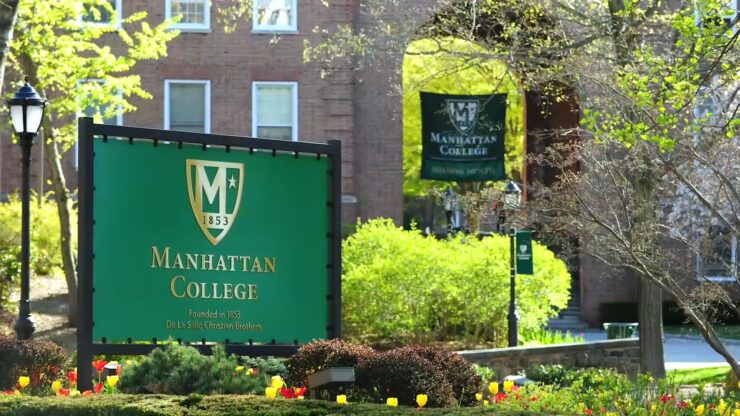
Higher Education and Schools
Manhattan is home to esteemed universities and schools, and the investment in education can be a significant one.
- Universities:
Tuition fees vary depending on the institution and the course of study.- For instance, attending a renowned university like NYU can cost upwards of $50,000 per year for undergraduate tuition alone.
- Community colleges offer more affordable options, with annual fees ranging from $4,000 to $8,000.
- Private Schools:
Many parents consider private schools for their children’s education in Manhattan.- Tuition for these institutions can range from $20,000 to $50,000 annually.
- Additional expenses like uniforms, trips, and extracurriculars can further increase costs.
Utilities and Connectivity

Monthly Bills and Services
Staying connected and ensuring a smooth household operation is crucial, and there are associated costs.
Electricity and Heating:
Manhattan’s climate necessitates both heating and cooling, impacting utility bills.
-
- On average, monthly electricity bills can range between $50 to $150 for a standard apartment, but this can surge during peak summer and winter months.
- Gas and heating bills can add an additional $50 to $100 during colder months.
Internet and Cable:
Reliable internet and entertainment options are staples in most households.
-
- A high-speed internet connection might cost between $40 to $80 monthly.
- Adding cable TV can push the combined bill to between $100 to $150 or more.
The Unsung Aspects: Emotional and Social Costs
Beyond the tangible, the hustle and bustle of Manhattan life come with intangible emotional and social costs that might not be directly monetary but are crucial to consider.
The Price of Fast-Paced Living
Living in a city that never sleeps has its unique challenges and pressures.
Stress and Mental Health:
The fast-paced Manhattan life can sometimes lead to increased stress and mental health challenges.
- Investing in mental well-being is essential. Therapy sessions, if uninsured, can range from $100 to $300 per hour.
- Mindfulness and relaxation classes, such as meditation sessions, can cost between $20 to $60 per session.
-
Pets can be an effective means of managing stress as they provide companionship, although they do entail certain financial responsibilities. However, there exists a multitude of parks where individuals can freely bring their dogs along for recreation.
Social Pressures:
Keeping up with the Joneses can be more prominent in Manhattan, where there’s a palpable emphasis on lifestyle and status.
-
- Social events, exclusive memberships, and even wardrobe choices can all contribute to indirect pressures and associated costs.
- Networking events, vital for many professions in Manhattan, can range from free to $100 or more.
FAQ
Is it possible to find affordable housing in Manhattan?
Yes, while Manhattan is known for its high-priced real estate, there are neighborhoods and housing options that are more affordable than the city’s average. It might involve living in a smaller space, having roommates, or choosing a neighborhood that’s a bit further from the central areas. Exploring areas undergoing development or using housing lotteries can also yield affordable options.
What’s the best way to commute in Manhattan?
The subway system, operated by the MTA, is the most popular and often the fastest way to commute across Manhattan. Buses, taxis, and rideshares are also widely used. Depending on where you live and work, walking or cycling might be feasible and economical options. Investing in a monthly MetroCard can save frequent commuters money.
Are there any hidden costs I should be aware of when living in Manhattan?
A: Yes, Manhattan living can come with several hidden costs. This includes broker’s fees when renting an apartment, unexpected utility surges, higher costs for everyday items due to the convenience factor, and often-overlooked expenses like laundry (if your building doesn’t have facilities) or tipping building staff during the holidays.
Is it necessary to own a car in Manhattan?
For most residents, owning a car in Manhattan is more of a luxury than a necessity. Parking can be expensive and challenging to find, and traffic can make driving cumbersome. Public transportation, combined with the occasional taxi or rideshare, usually suffices for most people’s needs.
How safe is Manhattan?
Like any major city, safety in Manhattan can vary by neighborhood and time of day. Overall, Manhattan has seen a decrease in major crimes over the decades. Always being aware of your surroundings and taking general city-living precautions is advised. For specific safety statistics, it’s best to consult the latest NYPD crime reports.
How does the cost of living in Manhattan compare to other major cities globally?
Manhattan is consistently ranked as one of the most expensive places to live in the U.S., and it also ranks high globally. Cities like San Francisco, London, Paris, Tokyo, and Hong Kong often compare in terms of living costs. However, Manhattan offers unique opportunities and experiences that many believe offset the high costs.
Can I enjoy Manhattan on a budget?
Absolutely! While living in Manhattan can be expensive, the city offers countless free or low-cost activities, events, and places to explore. From free concerts, parks, public events, and museums (many have “pay-what-you-wish” days) to affordable eateries, there’s always something to do without breaking the bank.
Final Words
Living in Manhattan is much more than a financial commitment; it’s an investment in a dynamic, ever-evolving lifestyle. Whether you’re a globetrotter or someone looking for a daily dose of adventure, the heart of New York City promises experiences that are hard to put a price on. While the costs may be steep, the memories and opportunities are invaluable.

